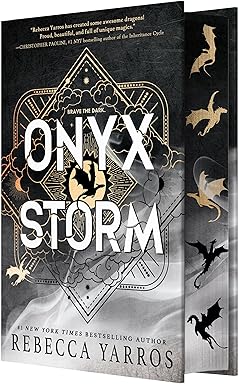
Ray Dalio’s How Countries Go Broke: The Big Cycle is a powerful exploration of the recurring patterns that have shaped the rise and fall of nations throughout history. Building on his earlier work in economic principles, Dalio presents a detailed framework for understanding how global economies operate, why they succeed, and ultimately, why they fail. The book is both a macroeconomic guide and a historical analysis, aimed at helping readers identify the warning signs of national decline before they become irreversible.
At its core, Dalio’s thesis revolves around the concept of “The Big Cycle” – the long-term repeating pattern of debt accumulation, excessive optimism, unsustainable growth, and eventual collapse. He examines how these cycles play out over decades, often with similar stages regardless of the country, time period, or political system. By breaking the process into identifiable phases, he offers a way to anticipate major economic turning points.
The narrative begins with a discussion on the foundational forces that allow a country to rise. Strong institutions, innovation, competitive industries, and sound fiscal management are highlighted as key drivers. Dalio then transitions into the gradual shift toward overconfidence, where economic success leads to increased borrowing, higher spending, and risky investments. Over time, this expansionary phase can create hidden vulnerabilities, particularly when debt outpaces productive capacity.
One of the most compelling aspects of the book is the way Dalio connects historical examples to present-day realities. He traces past cases of national decline, from ancient empires to modern financial crises, illustrating the repeating nature of these cycles. The reader gains a sense of inevitability, not because nations cannot avoid collapse, but because they so often repeat the same mistakes. Dalio underscores how political division, currency devaluation, and loss of trust in institutions tend to emerge in the later stages of the cycle, amplifying economic instability.
Dalio’s explanations are accessible yet deeply informed by data and historical records. He avoids excessive jargon, making complex macroeconomic concepts understandable to both casual readers and those with a background in finance. The structure of the book is methodical, guiding the reader step-by-step through each stage of the cycle and reinforcing the cause-and-effect relationships that lead to systemic breakdowns.
A particularly valuable section is his discussion on how individuals, investors, and policymakers can prepare for and potentially mitigate the effects of national decline. Dalio emphasizes adaptability, diversification of assets, and awareness of economic warning signs. He argues that the same principles that apply to managing personal wealth also hold true for national economies, with discipline, foresight, and balanced risk-taking being essential to long-term resilience.
The tone of the book is analytical but not overly pessimistic. While Dalio is clear about the dangers of ignoring economic cycles, he also provides hope in the form of lessons learned from countries that successfully reversed course or prolonged their periods of stability. He views awareness as the first step toward prevention, and this book serves as a guide to achieving that awareness.
In terms of presentation, the hardcover edition is designed with clarity in mind. The layout supports easy navigation, with charts and conceptual diagrams that reinforce the text’s main arguments. The writing is direct, but the depth of analysis ensures that readers come away with a richer understanding of the forces that shape national prosperity and failure.
How Countries Go Broke: The Big Cycle is more than a book on economics; it is a strategic manual for understanding the fate of nations. Dalio’s ability to distill centuries of history into a clear, repeatable framework makes this work an essential read for anyone interested in global affairs, finance, or the future of economic stability. It challenges readers to think beyond short-term headlines and recognize the deeper, long-term patterns that will determine which countries thrive and which falter.
If absorbed and applied, the lessons within could help leaders, citizens, and investors navigate an increasingly uncertain global economy with greater confidence and clarity.







